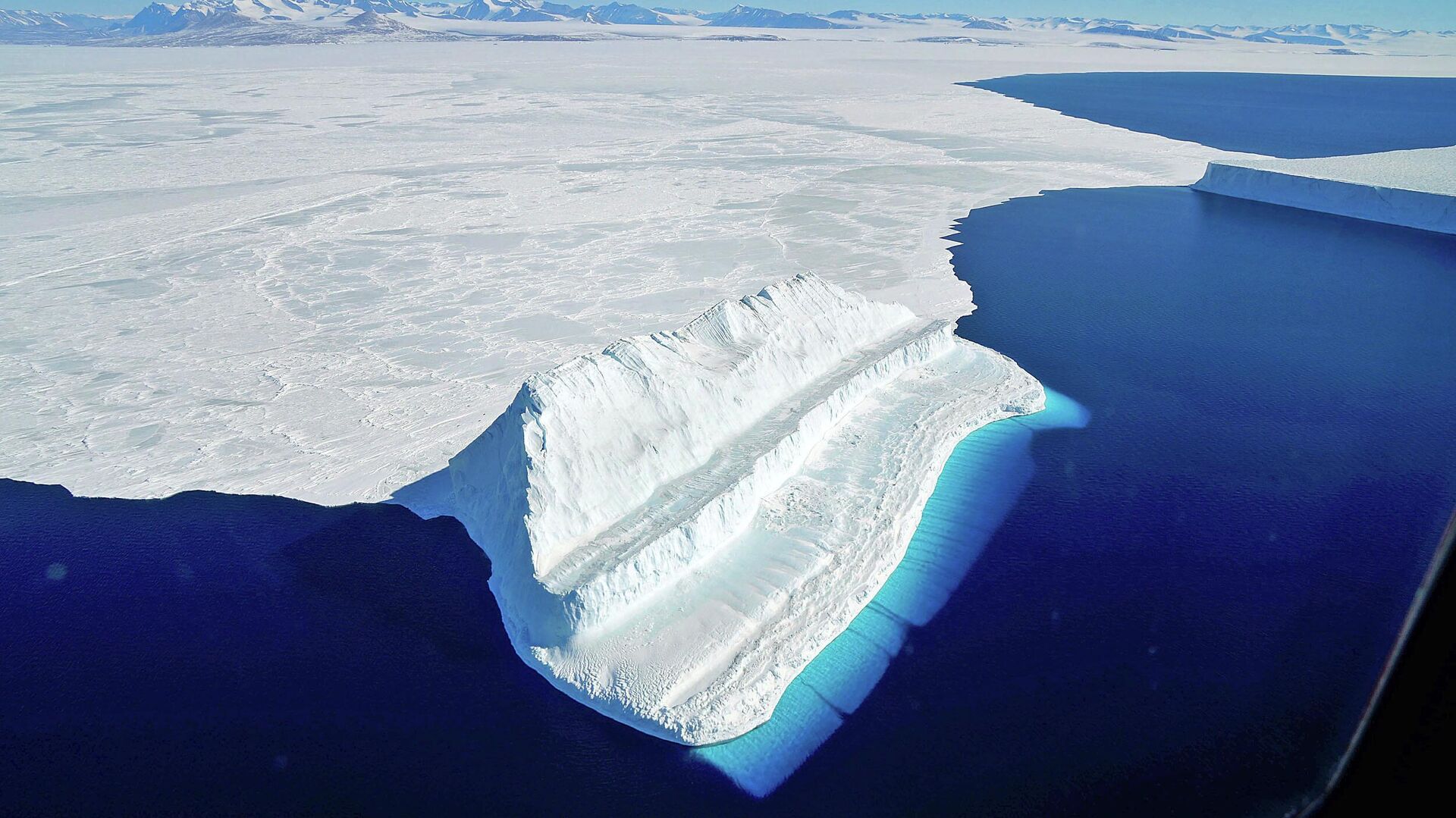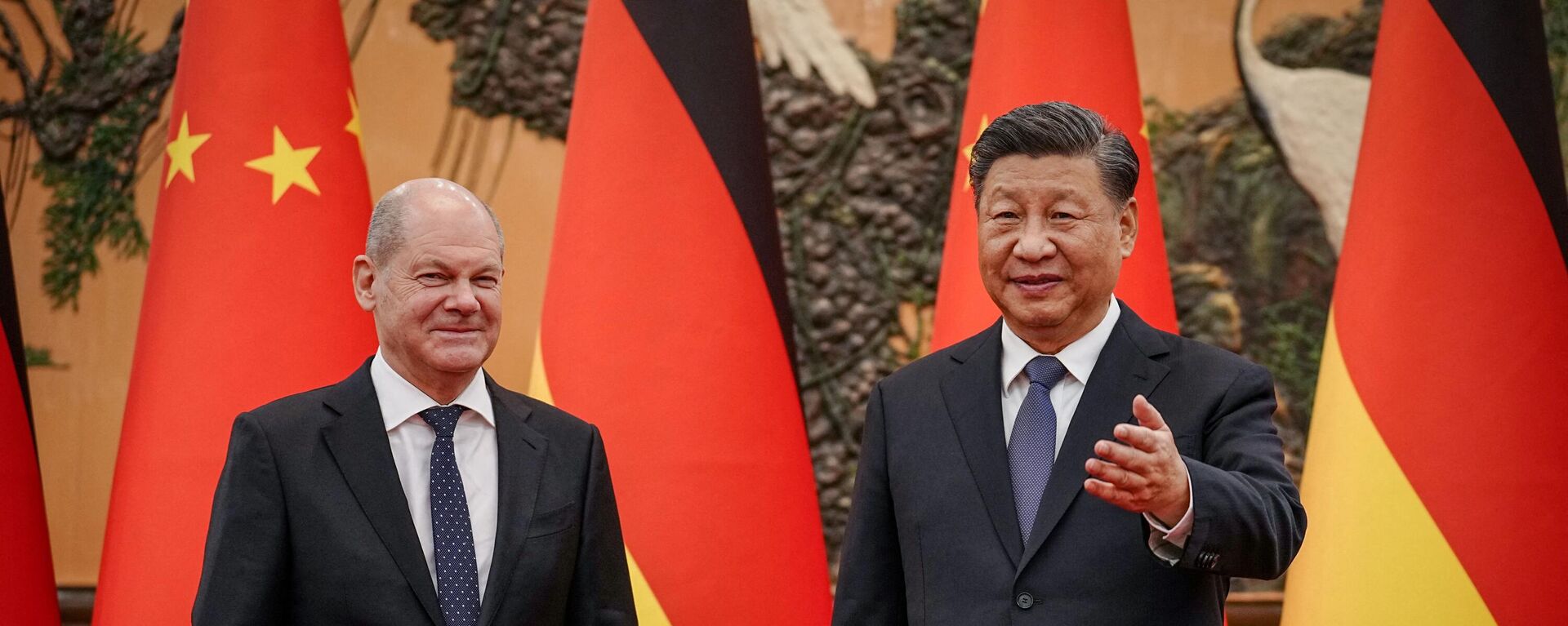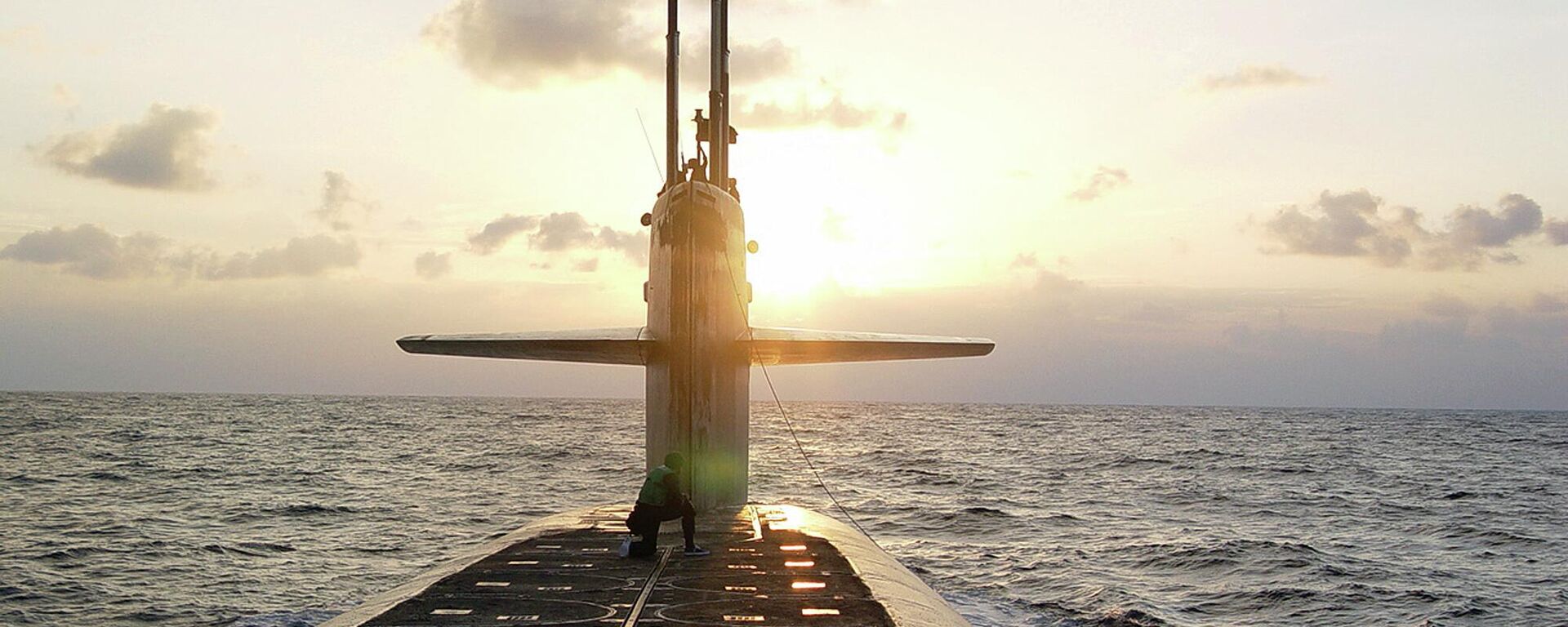Comparing the 'Threat' of China's Antarctic Base to Australia's Strategic 'South Pole' Posture

© AP Photo / Chris Larsen
Subscribe
China has kicked off its 40th Antarctic expedition to build a new Antarctic station near the Ross Sea. The nation's Antarctic initiatives have long been smeared by the US and Australia as a "disguise" for "surveillance" efforts. Do those claims have any merit?
The Chinese expedition team embarked on a new Antarctic mission on November 1, with three ships - including the two icebreakers Xuelong and Xuelong-2 - carrying over 460 researchers and equipment to the southernmost continent.
The expedition aims to build China's fifth base in Antarctica, which would be the first research facility dedicated to the Pacific sector. The station is expected to be completed by February 2024.
However, Western observers claim that China's interests in the continent go beyond mere scientific research: according to them, the new Chinese station could be used for "espionage". In particular, they suspect that Beijing plans to "eavesdrop" on Australia and New Zealand, which are members of the Five Eyes intelligence-sharing alliance (which also includes the United States, the United Kingdom, and Canada).
China has dismissed the allegations as unfounded, pointing to the fact that a team of US inspectors visited the station in February 2020 and found no military equipment or support personnel at the site.
Following Washington's logic, any of the 30 or so states operating some 80 bases in Antarctica could be suspected of surveillance activities. In light of former NSA contractor Edward Snowden's exposure of the massive US surveillance program called Prism, Washington's intelligence-gathering machine comes to mind first in this regard. However, militarizing the South Pole or using the continent for spying is prohibited under the Antarctic Treaty.
What's Behind China's Antarctic Efforts?
"China is recognized as a significant polar power with a presence in Antarctica and growing influence in the Arctic," Donald R. Rothwell, professor of international law at the Australian National University's College of Law, told Sputnik. "China is a party to the 1959 Antarctic Treaty, and in order to exert influence in the Antarctic Treaty System, it needs to demonstrate and strengthen its scientific credentials. Building another research station and sending expeditions to support and expand its scientific research activities is part of that process."
However, China does not have the largest presence in Antarctica, according to Rothwell. In fact, it's Australia that is the largest claimant to the South Pole territories and a "champion" of scientific research on the continent. To date, the Australian Antarctic Division operates four permanent research stations in Antarctica and the subantarctic.
"Australia claims 42% of the Antarctic continent, and this claim is reflected in the Australian Antarctic Territory," the professor said. "Australia is also an original party to the Antarctic Treaty. To make it clear to the world that Australia wants to remain engaged in Antarctica, Australia needs to maintain a significant scientific research presence in Antarctica."
In February 2022, Australia pledged to spend a whopping $578 million to expand its presence on the continent. The plan included the purchase of drones and helicopters, as well as the establishment of mobile stations on the continent to "strengthen Australia's leadership in Antarctica." The initiative was announced as part of a 20-year plan.
In the same year, the Australian Department of Defence emphasized the need to focus on Australia's strategic interests in Antarctica. It also referred to potential "adversaries" allegedly involved in "dual purpose" activities and contingency planning that "directly threaten Australia's strategic interests".
To counter these perceived threats, the Australian military planned to "increase Australia's engagement with the Antarctic Treaty System (ATS), strengthen Australia's Antarctic presence and activities within the Australian Antarctic Territory (AAT), and reconceptualize Antarctic policy in terms of national security."
Back in 2022, China expressed deep concern over Australia's bid to increase its strategic presence in Antarctica, which includes a fleet of surveillance drones and long-range helicopters.
Against the backdrop of Australia's "reconceptualization" and strengthening of its strategic presence in Antarctica, the fuss over China's fifth research base at the South Pole seems nonsensical. The question then becomes how to keep Antarctica neutral.
"The stability of the 1959 Antarctic Treaty is critical to maintaining peace and neutrality in Antarctica," said Rothwell. "The treaty was established to promote scientific research and the use of the continent for peaceful purposes. Military activities are also prohibited under the treaty. This stability has been maintained since 1959, and the treaty has been expanded to include resource management and environmental protection. However, dual civil-military activities pose a growing threat, and there will be a need for increased oversight to ensure that military and intelligence activities do not take root in Antarctica.




